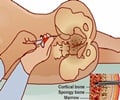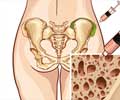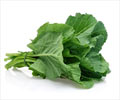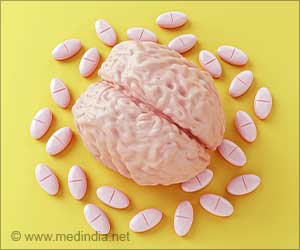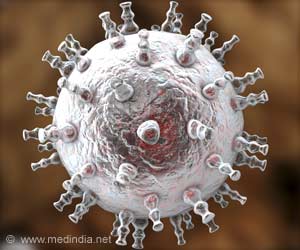A photoactive green porphyrin dye called TAPP sticks to bone fragments and mitigates the growth of bacteria when activated by light.
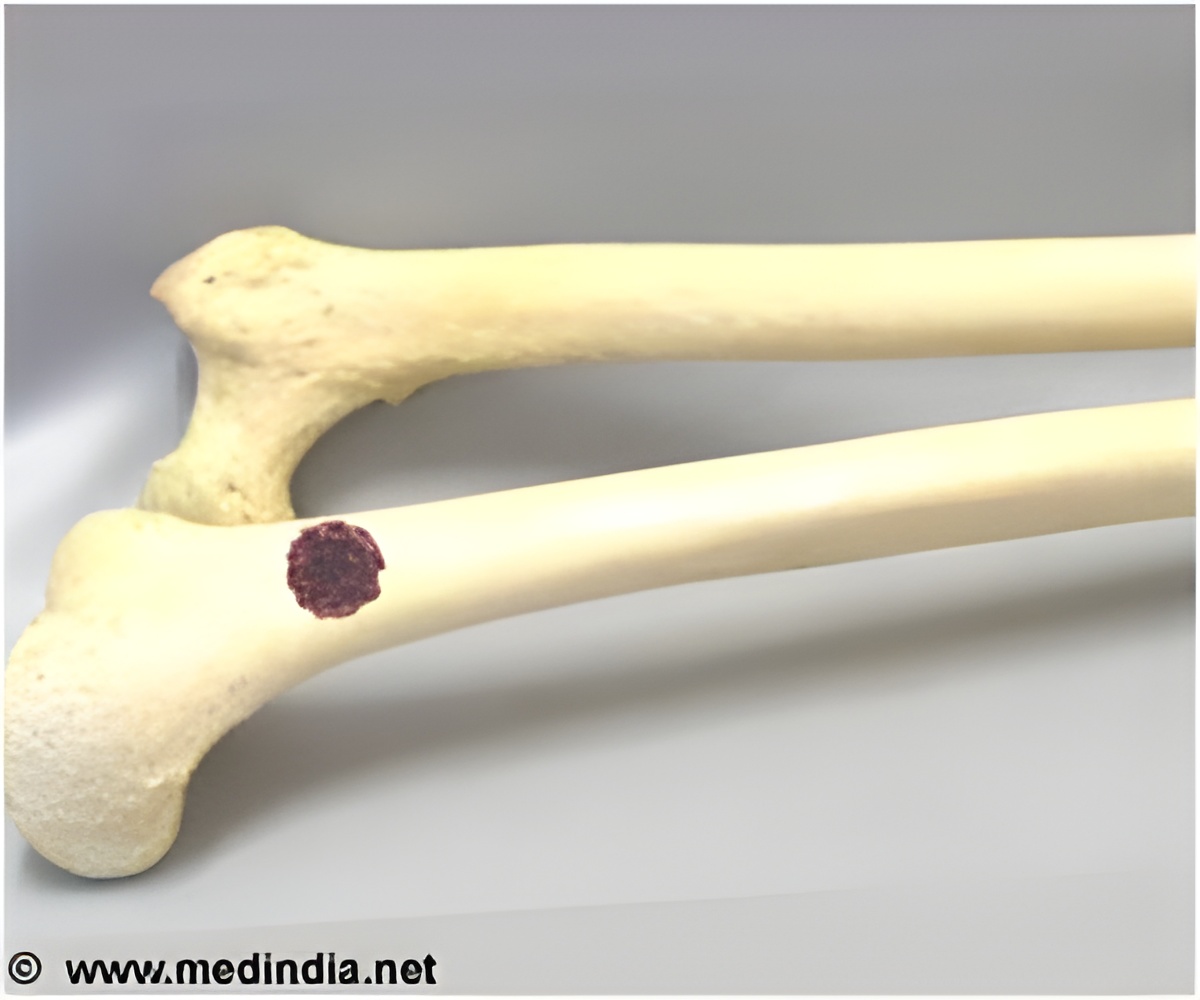
Small bone fragments were treated with TAPP and exposed to bacteria. Photoactive TAPP prevented the attachment and growth of bacteria on the bone in the presence of light. Moreover, bone fragments that were already colonized with bacteria and treated with TAPP, showed a reduction in biofilm.
This research offers insight into the potential of photoactive sterilization of bone grafts. Overall, porphyrins are stable, well-tolerated compounds. Moreover, TAPP’s firm adherence to bone reduces the risk of leaching and toxicity to surrounding tissue. The translation of these findings into the clinical context may take time, but they provide important proof-of-principle for integration of this technique into sterilization and surgical work flows.
The potential of photoactive bone graft sterilization is significant both as a pre-surgical procedure, as well as for ongoing targeted antibacterial treatment during surgery and implantation. The study was published in Clinical Orthopaedics and Related Research.
Source-Medindia


